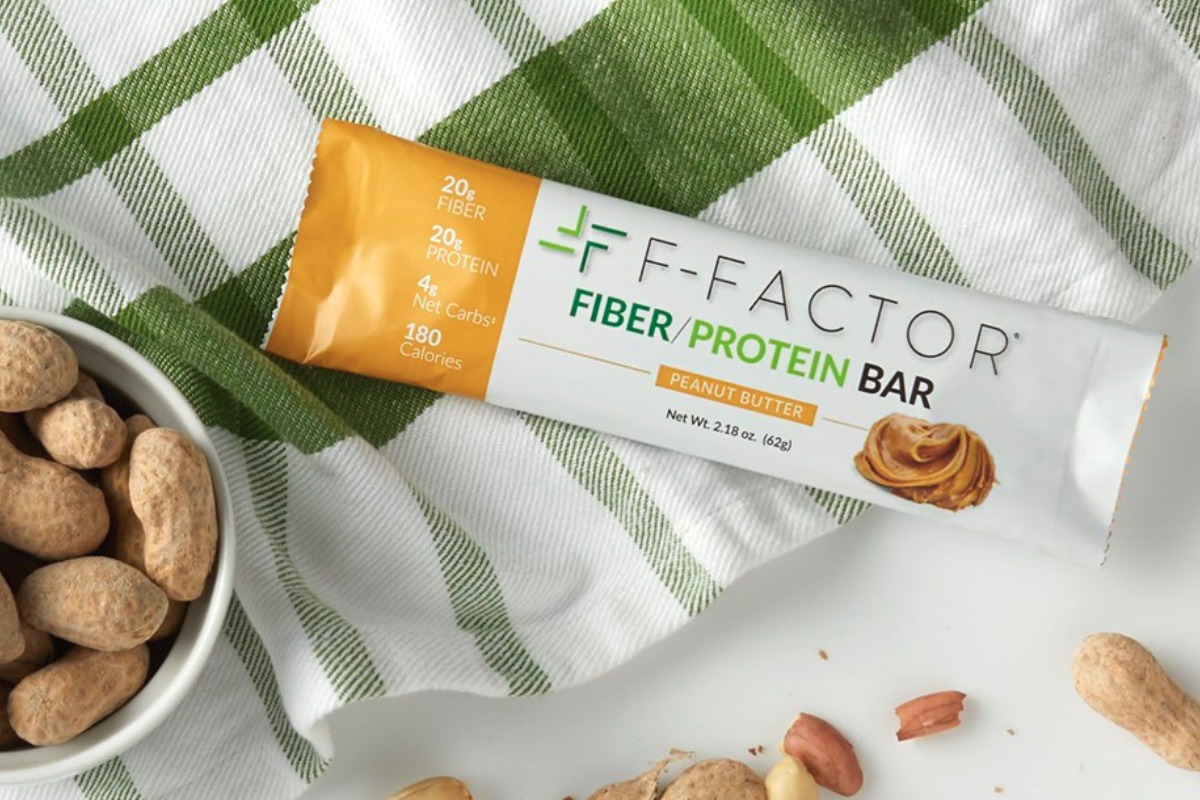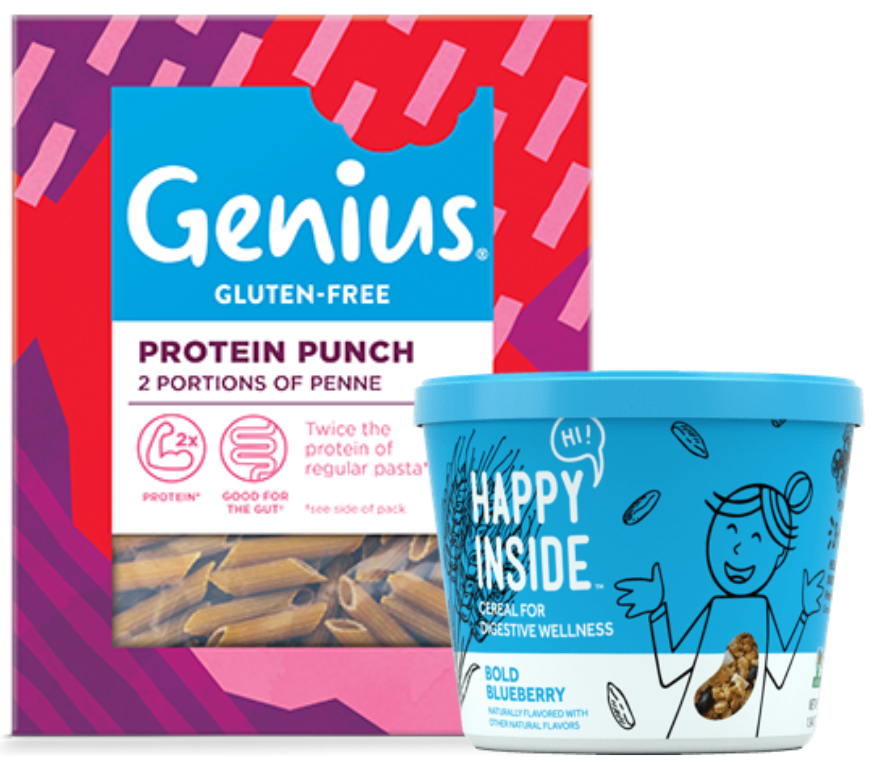NEW ORLEANS — Fiber has made a comeback, said Lu Ann Williams, director of innovation at Innova Market Insights.
Previously linked to satiety and weight management, fiber is now seen as a key to a healthy gut microbiome. Forty-four per cent of U.S. consumers say they have increased fiber intake, Ms. Williams said.
“If you looked at, say, ‘fiber 1.0’ in the U.S., it was really related to heart health and to cholesterol,” Ms. Williams said during a presentation at IFT19, the Institute of Food Technologists’ annual meeting and food expo, held June 2-5 in New Orleans. “And now 64% of U.S. consumers say they consume fiber for their digestive health.”
Renewed interest in fiber is fueling new product development. Innova Market Insights tracked a 14% average annual growth in global food and beverage launches featuring a fiber claim over the past four years.
Fiber is playing a larger role in sports nutrition, seen in 13% of new sports nutrition launches in 2018 compared with 6% in 2014, according to Innova Market Insights.

“The sports category is the great indicator category for trends, especially around protein,” Ms. Williams said. “It’s still dominated by protein … but now you see fiber.”
Brands are positioning products around digestive health benefits as consumers gain a deeper understanding of the gut microbiome, said Lynn Dornblaser, director of innovation and insight at Mintel.
“We do see that digestive health is something that’s increasingly important to consumers,” Ms. Dornblaser said during a separate presentation at IFT19. “They’re beginning to understand more than ever before that digestive health really is an integral part of overall wellbeing.
“If we think back in the U.S. market 10 or 15 years ago, we didn’t talk about bacteria. We didn’t talk about probiotics… We didn’t talk about the digestive system.”
Today, consumers of all ages use food and beverages to address or improve digestive health, she said. As a result, products formulated to deliver digestive health benefits are appearing across a broad range of categories.
“Some seem obvious, like yogurt, of course, and some seem less obvious,” Ms. Dornblaser said.
For example, a gluten-free pasta featuring chickpeas and chicory root contains three times as much fiber as traditional pasta and claims to be “good for the gut.”
Culture Republick, a brand of ice cream launched by Unilever United States, has three billion live cultures per pint “to feed the microbiome,” according to the company.
Kellogg Co. offers Hi! Happy Inside ready-to-eat cereal, which contains prebiotics, probiotics and fiber to support digestive wellness.

“This is a major company taking a very strong positioning when it comes to probiotics and gut health,” Ms. Dornblaser noted.
As consumer awareness grows, gut microbiome terminology may be used more on food and beverage packaging, she said. Looking ahead, she added, expect to see products that address the gut-brain connection as well as products focusing on overall wellbeing with digestive health playing a secondary role.
Home test kits targeting personalized nutrition solutions for a healthy gut may become more widely available, too.
Darrell Cockburn, Ph.D., assistant professor of food science at Pennsylvania State University, explored the impact of various dietary interventions on an individual’s microbiome.
“Microbiome responses to diet vary considerably from individual to individual,” Dr. Cockburn said during a presentation at IFT19. “Research is increasingly identifying markers that determine if someone will have a beneficial response to a given food component or not…
“And maybe science isn’t completely there yet, but I think it’s a trend that people really want to take this information and do something with it. And so I think this is an opportunity to start potentially marketing products that target certain components of people’s gut microbiome.”




